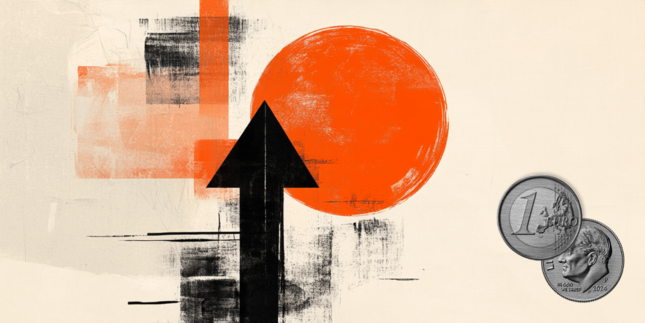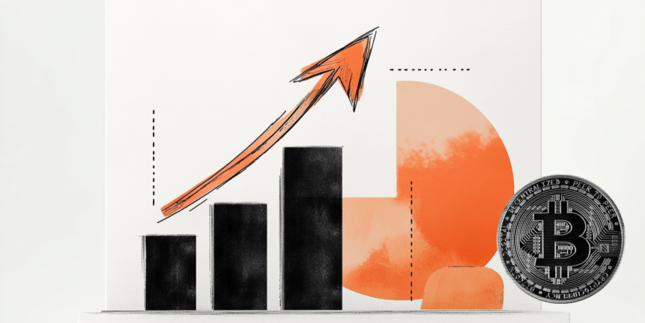On the radar
- Hungary’s sovereign credit grade outlook was lowered to negative from stable at S&P Global Ratings.
- Moody’s reaffirmed Slovenia’s credit rating at A3 maintaining a positive outlook.
- In Slovakia, wage growth in February will be released at 9 AM.
- There are no other releases scheduled for today in the region.
Economic developments
The S&P kept the Hungary’s rating at BBB-, that is one step above junk, but the rating agency changed the outlook to negative from stable. Hungary is rated at the same level as Romania is – just at the edge of investment grade. Moody’s Ratings and Fitch Ratings both have Hungary at the second-lowest investment grade. S&P had warned Hungary already in February that Prime Minister Orban’s plan to double down on spending before elections next year can be negative for Hungary’s economy (budget deficit is planned at 3.7% of GDP next year and 3.5% of GDP in 2026 up from 2.9% planned earlier). On the top of that, global developments are growth negative not only for Hungary but for the whole region. S&P underlined in the statement “risks to Hungary’s fiscal and external stability over the next two years come from rising trade protectionism, weakening global demand, narrowing capital inflows, and elevated interest spending amid preelection budgetary loosening.” Romania was supposed to be reviewed by S&P as well, however no statement was issued. Further, Slovenia was scrutinized by Moody’s that reaffirmed Slovenia’s rating and maintained positive outlook. We see Slovenia as strong candidate for rating upgrade later this year. In two weeks, on April 25, Slovakia will be reviewed by S&P and we see high probability of outlook change to negative if not a downgrade. Especially S&P rating of Slovakia is two notches higher than Moody’s or Fitch Ratings.
Market movements
The S&P kept the Hungary’s rating at BBB-, that is one step above junk, but the rating agency changed the outlook to negative from stable. Hungary is rated at the same level as Romania is – just at the edge of investment grade. Moody’s Ratings and Fitch Ratings both have Hungary at the second-lowest investment grade. S&P had warned Hungary already in February that Prime Minister Orban’s plan to double down on spending before elections next year can be negative for Hungary’s economy (budget deficit is planned at 3.7% of GDP next year and 3.5% of GDP in 2026 up from 2.9% planned earlier). On the top of that, global developments are growth negative not only for Hungary but for the whole region. S&P underlined in the statement “risks to Hungary’s fiscal and external stability over the next two years come from rising trade protectionism, weakening global demand, narrowing capital inflows, and elevated interest spending amid preelection budgetary loosening.” Romania was supposed to be reviewed by S&P as well, however no statement was issued. Further, Slovenia was scrutinized by Moody’s that reaffirmed Slovenia’s rating and maintained positive outlook. We see Slovenia as strong candidate for rating upgrade later this year. In two weeks, on April 25, Slovakia will be reviewed by S&P and we see high probability of outlook change to negative if not a downgrade. Especially S&P rating of Slovakia is two notches higher than Moody’s or Fitch Ratings.
Download The Full CEE Macro Daily
This document is intended as an additional information source, aimed towards our customers. It is based on the best resources available to the authors at press time. The information and data sources utilised are deemed reliable, however, Erste Bank Sparkassen (CR) and affiliates do not take any responsibility for accuracy nor completeness of the information contained herein. This document is neither an offer nor an invitation to buy or sell any securities.
Recommended Content
Editors’ Picks

Gold retains solid gains after reaching fresh record highs Premium
Gold price hit yet another record high on Monday, as the US Dollar sell-off continued on the back of US President Donald Trump’s criticism of Federal Reserve Chair Jerome Powell, fueling concerns about the future of the US economy.

AUD/USD eases from fresh 2025 highs, holds above 0.6400 Premium
The Australian Dollar surged against its American rival to a fresh yearly high of 0.6437. The poor performance of Wall Street pushed AUD/USD lower ahead of the daily close, but broad USD weakness is likely to keep Aussie on the winning side.

EUR/USD hovers above 1.1500 as investors drop the USD
The EUR/USD pair traded as high as 1.1574 on Monday, retreating from the over three-year high as fears cooled in the American session. Still, Wall Street edged sharply lower amid concerns about the Federal Reserve's autonomy.

Bitcoin traders celebrate 3.125 BTC halving anniversary with $90K price prediction
Bitcoin price surges past $88,000 on Monday as traders mark the 3.125 BTC halving anniversary amid a rapid shift in investor focus away from USD-based investments.

Five fundamentals for the week: Traders confront the trade war, important surveys, key Fed speech Premium
Will the US strike a trade deal with Japan? That would be positive progress. However, recent developments are not that positive, and there's only one certainty: headlines will dominate markets. Fresh US economic data is also of interest.

The Best brokers to trade EUR/USD
SPONSORED Discover the top brokers for trading EUR/USD in 2025. Our list features brokers with competitive spreads, fast execution, and powerful platforms. Whether you're a beginner or an expert, find the right partner to navigate the dynamic Forex market.